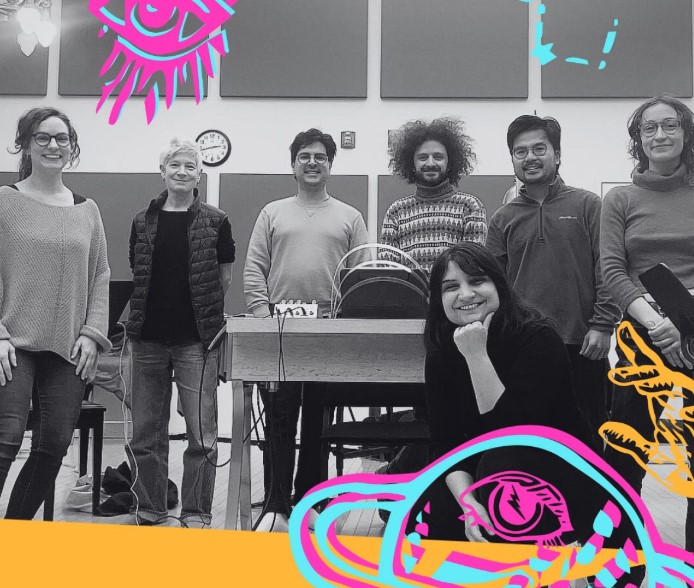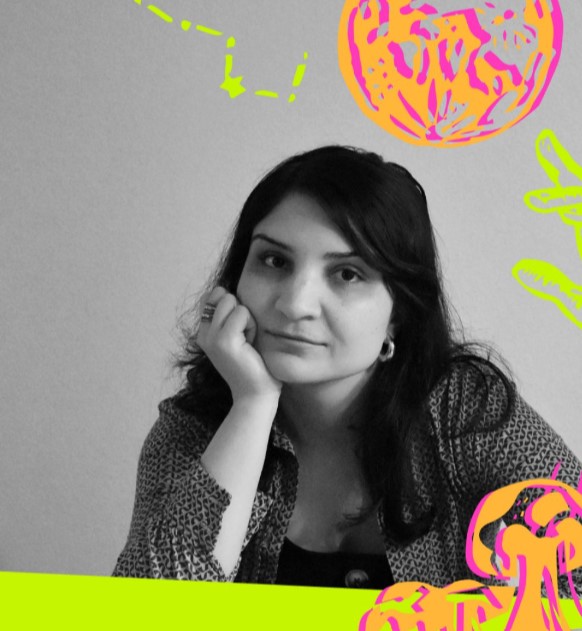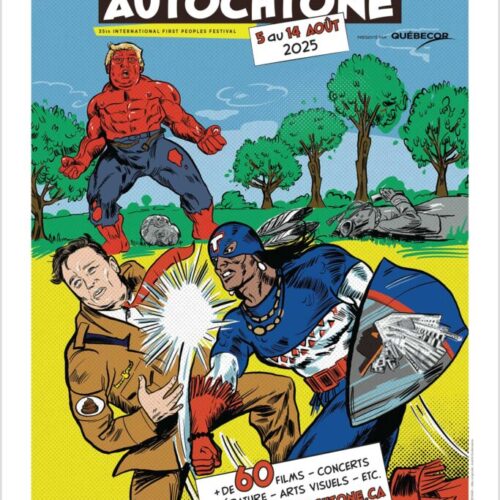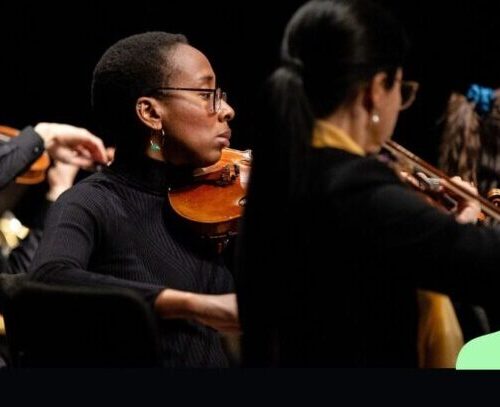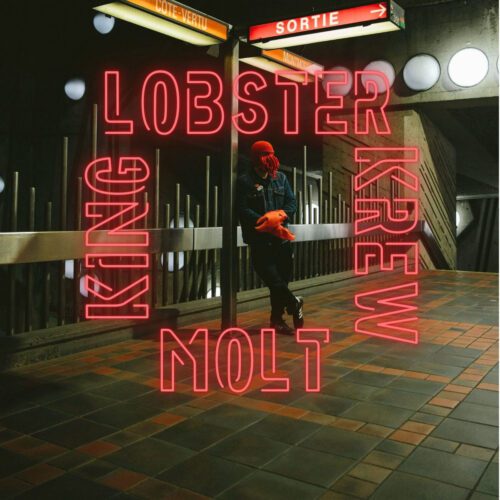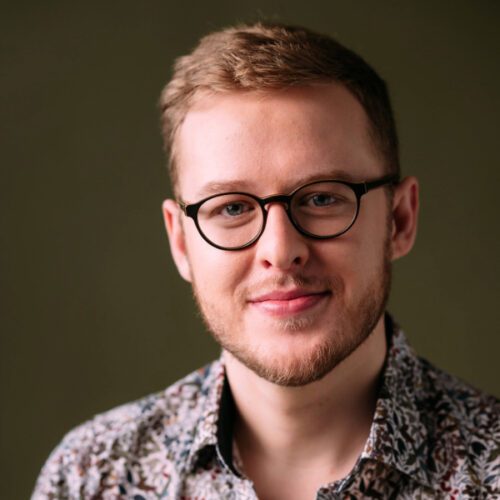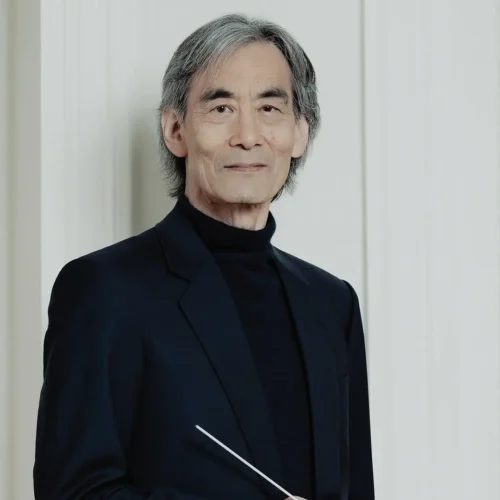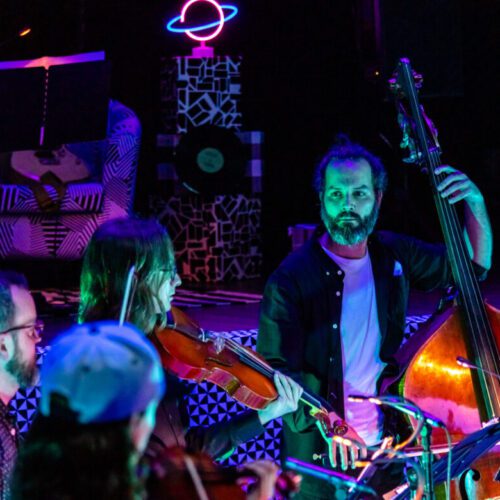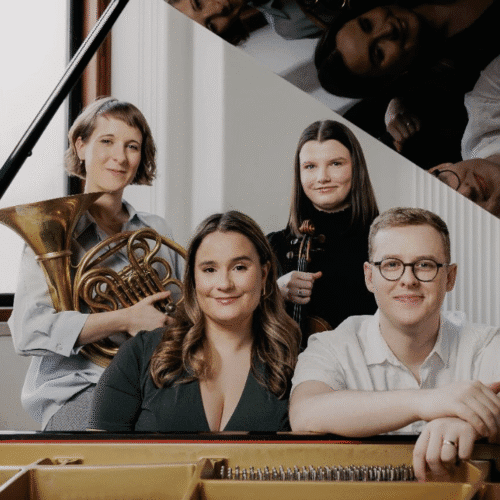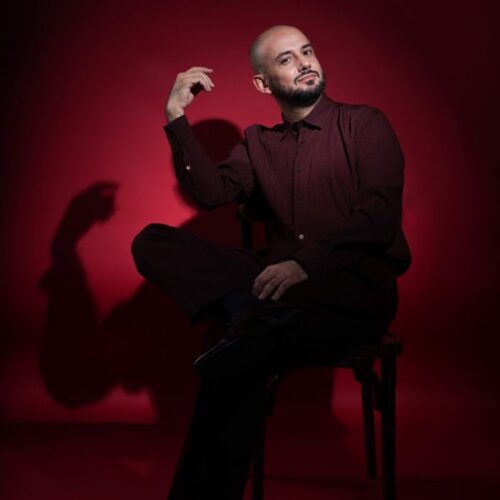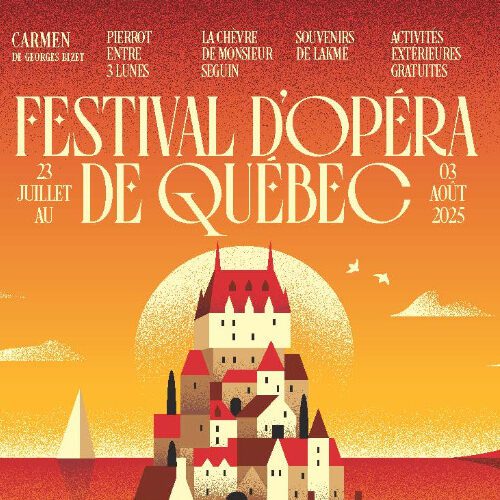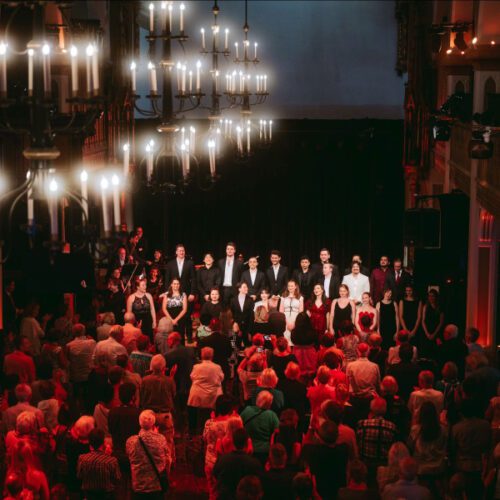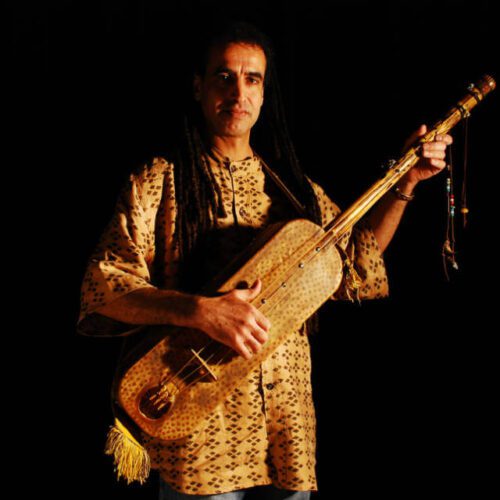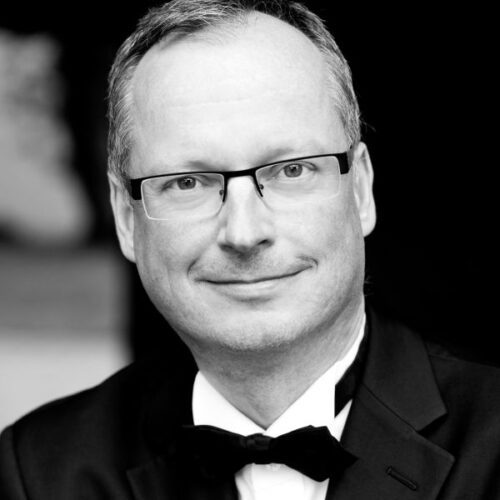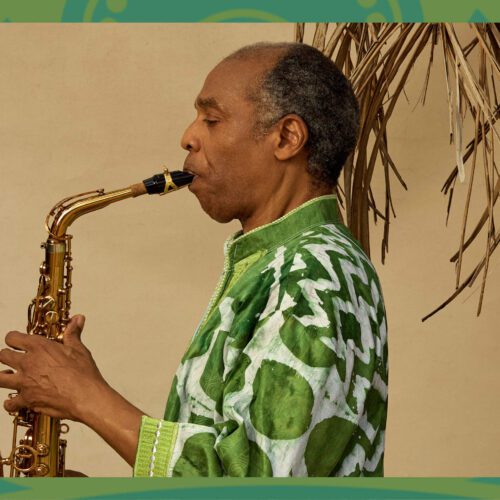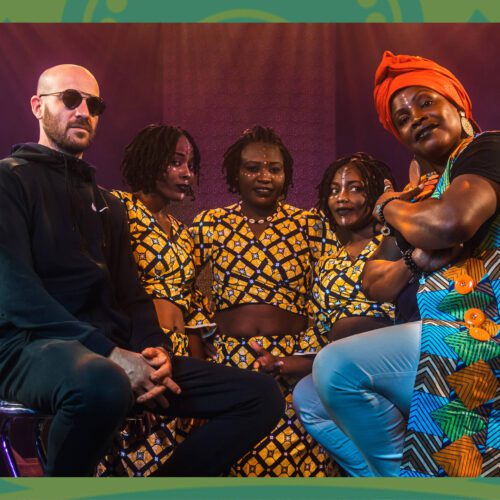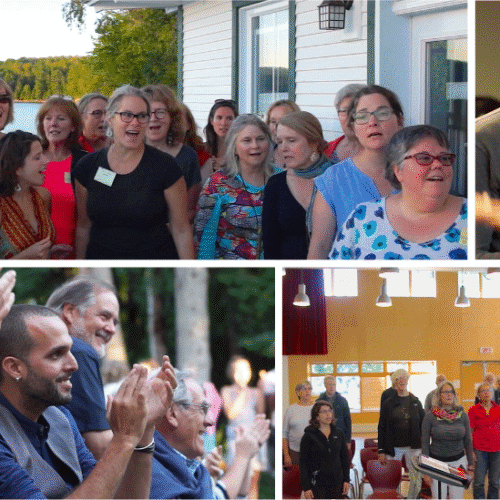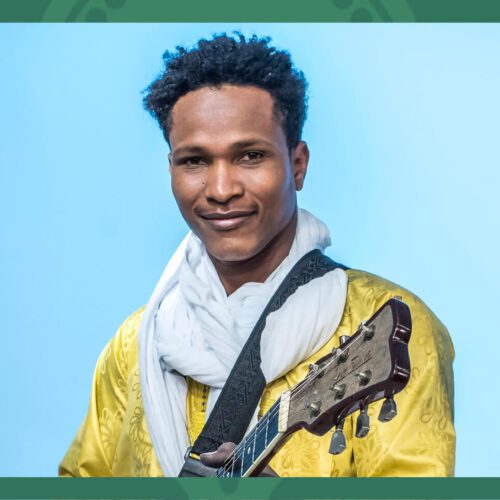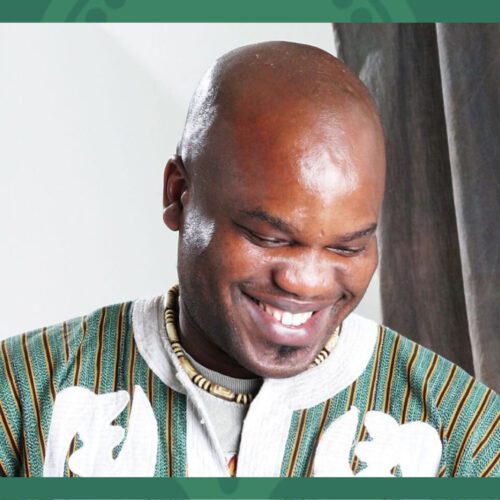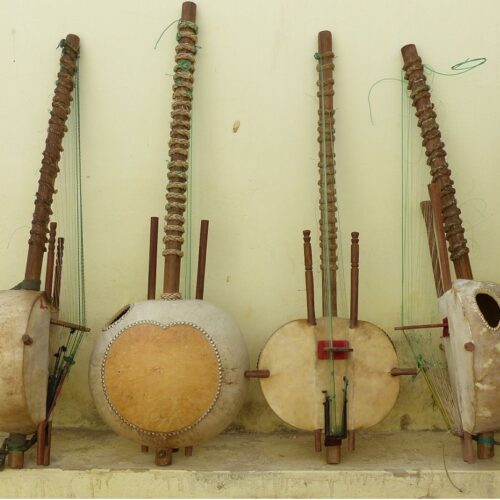Additional Information
Now based in California, Alberta-based composer Sarah Davachi has been breaking new ground in the world of experimental music for the past decade. Often described as drone or ambient, Davachi’s work is much more than that. A patient and attentive ear will quickly perceive the subtle movements of the sound mass at play, whether it comes from instrumental or electronic sources. His music is as soothing as it is complex, inviting contemplation. His piece, “Three Unisons for Four Voices”, which will be premiered in Montreal on June 13 by No Hay Banda in the context of Suoni Per Il Popolo.
Sarah Davachi competes in the creation of this 65-minute work commissioned from Davachi for violin, cello, bass clarinet, trombone, ondes Martenot and percussion. Three Unisons for Four Voices will be performed by Geneviève Liboiron, Audréanne Filion, Lori Freedman, Kalun Leung, Daniel Áñez and Noam Bierstone, and will be presented in parallel with a concert by Egyptian producer, vocalist and sound artist Nadah El Shazly, accompanied by Montreal harpist Sarah Pagé.
In all courtesy Sara Davachi took the time to talk about her recent work with Laurent Bellemare for PAN M 360.
PAN M 360: If we had to sum up your musical approach, we could say that you work with sound as your basic material and explore its parameters and potential variations. What exactly happens when you start composing a new piece? What comes first in the process and what tools or instruments do you use first?
Sarah Davachi: This can vary considerably depending on the work. In general, there’s already some kind of idea. I think at a certain point, when you’re working on pieces, it’s more about the concepts that guide things than the specifics of each piece. I have a Word document that just contains pages of ideas or concepts about certain types of pieces I want to write or certain musical ideas that interest me.When the opportunity to write a piece arises, I can choose according to the requirements of the commission. It’s also largely a question of logistics. In this case, for example, No Hay Banda was not in a position to ask for a longer piece.
Some ensembles need a 10-minute piece or something like that. That can radically change what I can do. Then there’s the instrumentation. Sometimes it depends on whether I’m working alone. In that case I have a lot of flexibility, but I’m also limited when it comes to playing myself. In that case I usually go for a keyboard instrument. Or I get several people together to play chamber music that I wouldn’t be able to play myself. On the other hand, in the case of commissions like Three Unisons for Four Voices, there is a specific instrumentation.
This piece features percussion, which is not something I have as much experience with as with other instruments. It was really a different way of thinking about the ideas I could incorporate, and also a reflection on how to incorporate percussion into the way I work. It usually starts with an idea, and then when the opportunity to write a piece arises, I might think “Oh, this would be a good way to try this idea, or this would be a good place to work on this kind of sound”. So it really depends on the context, I think, but in general, it starts with an idea.
PAN M 360: On the subject of the relationship between instrumental and electronic music in your work: is there one of these worlds that predominates in your music, whether in practice or in the way you think about music? How do you handle the combination of the two?
Sarah Davachi: I’m glad you make that distinction. For me, acoustic and electronic sound sources are pretty much equivalent. I don’t make any distinction between them.are just sounds, whether they come out of an instrument or a loudspeaker,and I work with those sounds in pretty much the same way.
I started composing electroacoustically and I think it still dominates the way I think about music. When I’m thinking about a piece or even writing it, it’s very important to be able to go back and forth when I’m writing for an ensemble. Or to be able to hear myself when I’m working solo. For me, it’s a very electroacoustic way of thinking about sound;Sara Davachi: I’m glad you make that distinction. For me, acoustic and electronic sound sources are pretty much equivalent. They’re just sounds, whether they’re coming out of an instrument or a loudspeaker, and I work with those sounds in pretty much the same way.
I started composing electroacoustically, and I think it still dominates the way I think about music. When I’m thinking about a piece or even writing it, it’s very important to be able to go back and forth if I’m writing for an ensemble. Or to be able to hear myself when I’m working solo. For me it’s a very electroacoustic way of thinking about sound.
Work from the sound, then work backwards from the sound, saying “I like this part where the sound does this” or “I don’t think this part works. Let’s change it this way”. This perspective is the same as if you were working in a digital audio workstation with sound samples.
You’re always working through listening. However, I think that some composers are perhaps more interested in ideas than in the actual sound. For them, the concept of the ideas is more important and the final sound is just a by-product. For me it’s the other way round: it’s always the sound at the end of the idea that counts.
Sometimes the collaborators will record recorded sounds on their instruments, and then I go back to my studio and cut them into little fragments and make a piece out of them, composing them in reverse. So I will compose an electroacoustic piece and then go back and think: “OK, how can I notate this piece so that it can be played acoustically? “I have a lot of pieces that are designed that way.
On the other hand, when I write for ensembles, I’m very keen to leave plenty of room for manoeuvre. In this sense, it’s the opposite of what electroacoustic music is, as in the case of an acousmatic piece that exists only by itself and in its single iteration. When I write for an ensemble, I like to leave a lot of space for the musicians to listen while they play live and make decisions, make choices and have the piece vary according to these elements.
PAN M 360: You will be presenting for the first time Three Unisons for Four Voices at Suoni Per Il Popolo, a work commissioned by No Hay Banda. What can you tell us about the genesis and overall process of your latest piece?
Sarah Davachi: Lately, I’ve been very interested in unisons. I’m always interested in ideas that seem very simple, but can actually be very complex when you focus on them. I think unison is one of those ideas. Several instruments play the same thing, but it doesn’t feel like one thing. The complexity increases a little when several people are doing the same thing. So I started with this idea. I think you can extend unison to the idea that it’s not just a repeated note, but a repeated phrase or segment. What does it mean to hear the same thing, and how can it be used? I’ve been thinking a lot about the use of tape delay, the idea of having something recorded that comes back and repeats itself at address.You can really stretch it so it doesn’t feel like it’s repeating itself. The idea is to build a kind of polyphonic music from the idea of repetition. That was the idea behind this piece.
When you have a large instrumentation, it can be very tempting to do everything at once. I think it’s actually more difficult to divide it into two parts. You need some things to happen and some things not to happen at the same time, not for everyone to play everything at once. So I wanted to explore this possibility and divide the piece into three parts, each with different pairs of instruments playing the same melodies. Of course, the musicians play the piece at their own pace. I might give them 10 minutes to play a long series of notes, but they choose their rhythm in terms of specific articulations. So they can listen to the other person, but I also suggest that they repeat certain bars so that there’s a shift. For me, it’s an interesting way of thinking about how these notes, which occur in unison towards the beginning, start to drift apart and then come back together at different times.
PAN M 360: You recently collaborated with the Bozzini String Quartet on ” Long Gradius”, a four-movement piece, also published with alternative instrumental versions. Did this work present you with any particular challenges or new working methods?
Sarah Davachi: As I said earlier, I come from this tradition of electroacoustic writing. Before this piece, I was working with ensembles and writing music for small ensembles, but for the most part, it was for ensembles that I was part of. I was also working on a piece in the studio, and it was in the studio that I made the decisions about how the piece was going to unfold. As I said, there’s a kind of dichotomy between the way I conceive music. The electroacoustic method is more fixed, whereas when I work with ensembles, it’s almost the opposite.
The result of “Long Gradius” is something I incorporate into almost every chamber piece I write now. It comes from my live performances, where I’d write a score for myself and say “okay, five minutes into the performance, I must have done this”. Then I’d go to the next group and say “here’s what you need to do and we’ll give you 10 minutes to do it”. But then, in those 10 minutes, you can decide how much time you’re going to spend on each of those specific things. It’s this way of thinking about manipulating time in a concert and how it can completely change the composition, when it’s not just one person making these decisions, but rather a group of people who can each say to each other “ok, I’ve got a minute to change a note here”.So you listen to what’s going on around you and say to yourself “ok, this harmony we’re having right now sounds nice. So maybe I’ll wait a bit before changing the note. Or you might say ‘the next note I play is going to sound a bit different, so maybe we’ll change it sooner. “And that will change depending on the space where the piece is played.
I also wrote the piece by asking the performers to make decisions, both in terms of timing and flexibility of timing, but also in terms of the notes they play. Indeed, in most of “Long Gradius”, the musicians have to choose between two or three notes they can play at any one time.
I find it really interesting that it’s the same piece every time and you recognize it as such, but that each time it’s a little different and there are different harmonies and things like that. I’d worked with that in previous pieces, but I think this is the first time I’ve formalized it as a compositional style.
PAN M 360: I’ve read your music described as “experimental ambient music that almost anyone can enjoy”. Do you agree with that, and if so, is that part of your intention?
Sarah Davachi: I don’t know if I agree with that or not. There are two things that frustrate me about these kinds of sentiments, I suppose. First of all, I really don’t like to think of my music as ambient. I find it really weird that people call it ambient because for me, ambient music is music that’s easy to ignore, a kind of background. Maybe it’s me putting my ego into it, but I don’t see my music as wallpaper at all. I see it as… I don’t really like the term “deep listening”, I think you have to listen very carefully. And even though they’re long pieces, there’s a structure in most of them. And that’s just the way I compose. I’m not saying that this kind of music always has to have a structure, but the pieces I write have a beginning and an end. It’s not the kind of thing where you go in and out of a piece and it will always be the same. I think of my music more as minimalist music. But it’s still music you’re supposed to listen to in a certain way.
As for my music being easy to appreciate, I don’t know. I guess I can’t really comment on that because I enjoy it, but it’s funny to think that it’s music that everyone can enjoy because it actually seems pretty inaccessible to me in a lot of ways. Especially the longer tracks, like “Long Gradius” for example. I definitely wouldn’t classify it as music that everyone can enjoy. I think if you like that sort of thing, then you’ll like it. But I think there are a lot of people for whom that’s not the case. And that’s fine. You can’t please everybody. It’s not necessarily music that’s going to appeal to everyone. So yes, I don’t know about that, but if it’s true that it’s accessible, so much the better!
Regarding the No Hay Banda concert and the piece “Three Unisons for Four Voices”, I think you have to have an open mind. It’s a long piece and it’s not necessarily easy to listen to, but once you realize that you’re going to give yourself to it in a certain sense, it’s easier to enjoy it. I’d also say that you can sit back and close your eyes if you like, which will probably help. It’s a different way of engaging with a concert, and that’s what I’d say to anyone planning to attend.
PAN M 360: Thank you so much for your time!
Sarah Davachi: Yes and thank you for yours!
